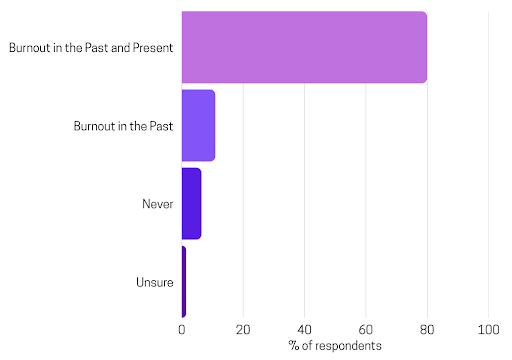While most Furman students are accustomed to taking academic tests, ROTC cadets also take physical fitness tests (PT tests). Much like companies who use résumés to judge applicants, the Army uses PT test scores to judge cadets for commissioning (officially becoming an officer) and other opportunities. PT tests are not unique to ROTC programs; members of the Army take PT tests for job and promotion purposes. Needless to say, physical fitness is a staple in the US Army.
During my time at Furman, the Army began transitioning to a new PT test. They are moving from the more general physical assessment known as the APFT (Army Physical Fitness Test), which consists of 2 minutes of pushups and sit-ups followed by a two mile run, to the ACFT (Army Combat Fitness Test), an in-depth 6-event strength and endurance test. The ACFT was promised to be more in-depth than the APFT while offering a gender neutral grading scale. The new test was met with open arms by ROTC programs across the country, but earned some criticism as ROTC programs and Army units took the 3 hour test.
The main points of tension center around gender disparities and gender neutral scoring. A prime example of these disparities is the deadlift event. On the gender neutral scale of 100 points, the maximum score one can earn in the event requires person to lift 340 lbs, twice. This load is very difficult for females to achieve and, as a result, many women scored poorly, decreasing their overall scoring. Another example is with the leg tuck. This event requires a person to lift their knees to elbows as they conduct a pull-up movement. While this seems like a fairly easy task for both men and women, female test-takers statistically performed worse on this event, again decreasing their score.
The Army announced changes to the test after an independent review by RAND Corporations found considerable differences and issues with the ACFT. This is important to the Furman Paladin Battalion, because physical fitness assessments have a large sway on our overall performance in ROTC and our futures in the Army.
Last week, the Army reintroduced a gender-based grading scale and eliminated the leg tuck in favor of a plank. Many female cadets are praising the changes for being more realistic and having a grading scale that reflects what a female body is capable of, creating a more level playing field. The changes are seen as a sign that the Army understands the physiological differences between males and females. Female cadets on campus are pleased that their overall score will ultimately increase.
On the flip side of all the excitement and praise, the changes have also been met with resistance. Some people are taking a more pessimistic view and criticize the test for going “soft” and being lenient towards females. Others are disappointed that the test is deviating from its original purpose and falling back into a ‘general physical fitness test’ rather than one designed for combat-related tasks. The Army has spent billions of dollars and multiple years developing a test that, in principle, assesses someone’s ability to complete combat-related tasks regardless of their gender. The new changes thus fall short of the original mission of the test. This loss in clarity frustrates some cadets as the April ACFT date inches closer.
The future of the Army PT test is unclear as the end of the semester approaches and our senior class moves into their next chapter of life. Personally, as a female cadet, I am excited about the new changes. The new PT test acknowledges and accepts that female and male bodies are biologically different and thus should not be expected to perform exactly the same. In the pursuit of the same mission, males and females should both be held to a high standard of achievement. Due to biological differences, however, the term “high standard” translates differently between men and women, especially when it comes to how much weight a person can lift.
The gender-based scoring is a reflection of a more realistic understanding of physical fitness. These changes in no way diminish female fitness but prevent women from being penalized for performing at a lower level than men. Females in the Furman program and programs across the country excel in fitness. Hopefully, as the ACFT is administered and more data is collected, concerns over the effectiveness and overall mission for the test will be clarified and resolved.










































